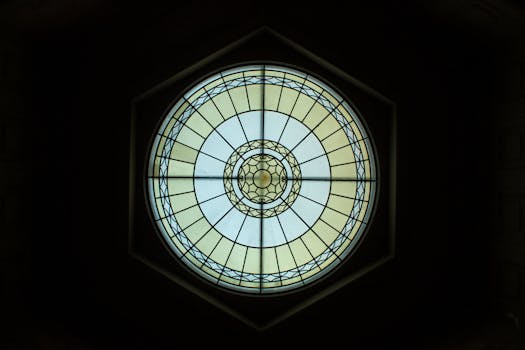
Traveling Through Time: How Europe’s Historical Heritage Shapes Modern Lifestyles in 2025
Traveling Through Time: How Europe’s Historical Heritage Shapes Modern Lifestyles in 2025. Europe, a continent steeped in history and tradition, has a unique ability to blend the old with the new. From the ancient ruins of Greece and Rome to the modern cities of London and Paris, Europe’s historical heritage continues to shape modern lifestyles in profound ways. In this article, we’ll explore how Europe’s rich cultural legacy influences contemporary life, from architecture and art to cuisine and beyond.
The Architecture of Europe: A Blend of Old and New
One of the most striking examples of Europe’s historical heritage is its architecture. From the Gothic spires of Notre Dame to the Baroque grandeur of St. Peter’s Basilica, Europe’s buildings tell a story of centuries of cultural and artistic evolution. In modern times, this architectural legacy continues to inspire new designs, with many contemporary buildings incorporating traditional elements and materials. For example, the Guggenheim Museum in Bilbao, Spain, designed by Frank Gehry, is a stunning example of modern architecture that incorporates traditional Basque elements.
The Art of Europe: A Legacy of Creativity
Europe’s historical heritage is also evident in its vibrant art scene. From the masterpieces of the Renaissance to the avant-garde movements of the 20th century, European art has always been at the forefront of innovation and creativity. Today, this legacy continues to inspire contemporary artists, with many incorporating traditional techniques and themes into their work. For example, the Louvre Museum in Paris is home to an impressive collection of European art, including the Mona Lisa and the Venus de Milo.
The Cuisine of Europe: A Delicious Reflection of History
European cuisine is another area where the continent’s historical heritage is evident. From the hearty stews of Ireland to the pasta dishes of Italy, European food is a delicious reflection of the continent’s cultural and culinary history. In modern times, this legacy continues to shape contemporary cuisine, with many chefs incorporating traditional ingredients and techniques into their recipes. For example, the food scene in Rome, Italy is famous for its traditional dishes, such as carbonara and amatriciana.
Conclusion: The Enduring Legacy of Europe’s Historical Heritage
In conclusion, Europe’s historical heritage continues to shape modern lifestyles in profound ways. From architecture and art to cuisine and beyond, the continent’s rich cultural legacy is evident in every aspect of contemporary life. Whether you’re exploring the ancient ruins of Greece, marveling at the masterpieces of the Louvre, or savoring the flavors of Italian cuisine, Europe’s historical heritage is an integral part of the modern experience. So come and discover the timeless charm of Europe, where the past and present blend seamlessly together.






